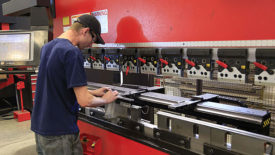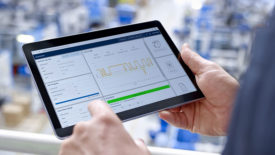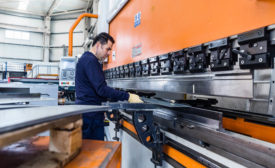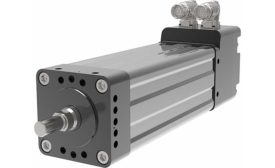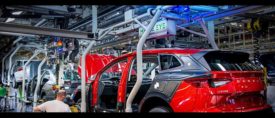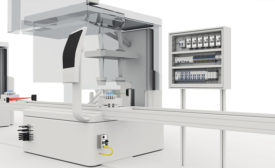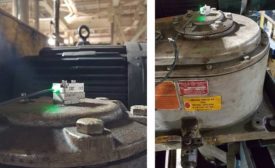Home » predictive maintenance
Articles Tagged with ''predictive maintenance''
Manufacturing Software
An IIoT Roadmap for Driving Productivity and Efficiency in Automotive Assembly Plants
A three-tiered approach is needed to connect, collect and analyze production data.
April 27, 2023
sponsored content
Predictive Maintenance vs. Predictive Analytics, What’s the Difference?
September 6, 2022
BMW Applies AI to Assembly
AI is helping BMW inspect parts, control processes and route AGVs.
June 29, 2022
sponsored content
Condition Monitoring & Predictive Maintenance: Addressing Key Topics in Packaging
June 28, 2022
The Power of Predictive Maintenance
Sensors and AI-based software help manufacturers eliminate unplanned equipment downtime.
June 24, 2022
Get our new eMagazine delivered to your inbox every month.
Stay in the know on the latest assembly trends.
SUBSCRIBE TODAY!Copyright ©2024. All Rights Reserved BNP Media.
Design, CMS, Hosting & Web Development :: ePublishing
